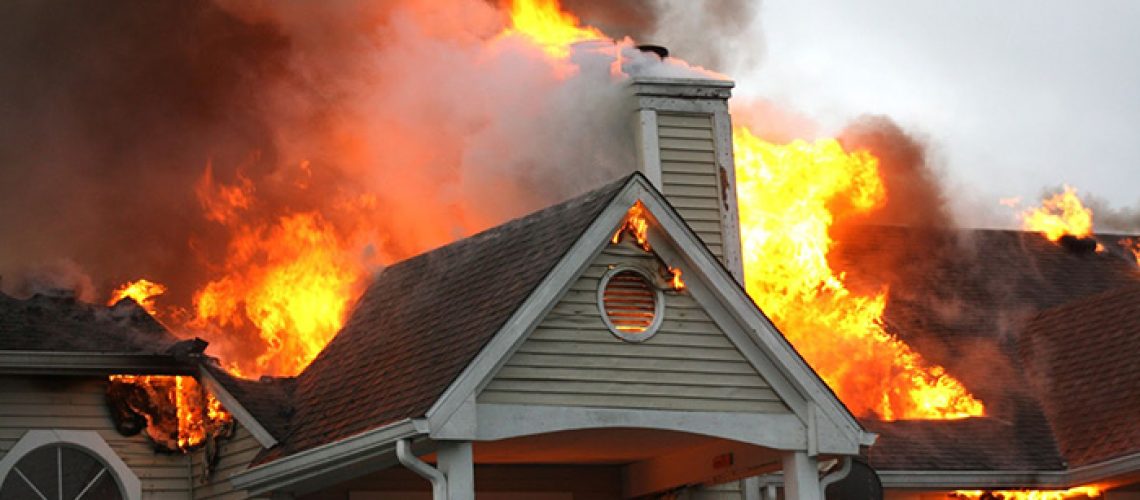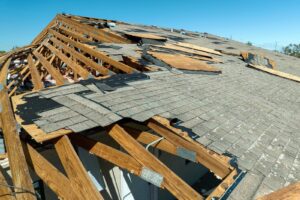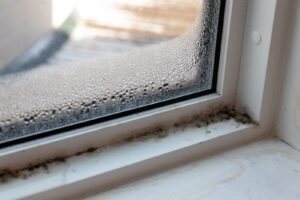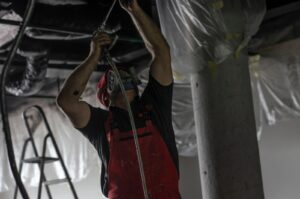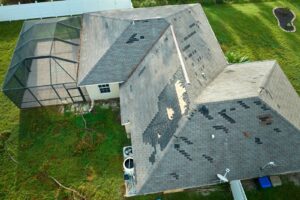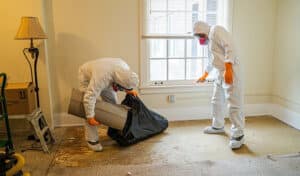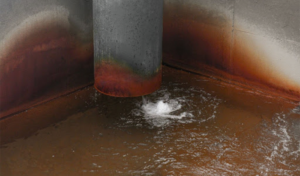No one ever wants to need water and fire restoration, but accidents and emergencies happen. Whether it’s a burst pipe, a house fire, or a severe storm, property damage is a distressing experience for homeowners.
In these unfortunate situations, the first question that often comes to mind is: Will my insurance cover the costs of water and fire restoration? Let’s delve deeper into this topic and gain a better understanding of insurance coverage for property damage.
Understanding insurance coverage for property damage
Insurance coverage for property damage primarily depends on the terms and conditions of your specific insurance policy. Homeowners typically have either a homeowners insurance policy or a separate policy specifically for water and fire damage. Let’s take a closer look at both scenarios.
Homeowners insurance policy
A typical homeowners insurance policy usually covers property damage caused by fire, windstorms, falling objects, vandalism, and theft. However, it’s crucial to review your policy to understand the specific coverage and any exclusions.
For example, if your house catches fire because of faulty wiring, your homeowner’s insurance will likely cover the costs associated with the fire damage restoration process. Similarly, if a tree falls on your house during a storm, damaging the roof and interior, your insurance policy should cover the repairs needed.
It’s important to note that while homeowners insurance generally covers property damage, it may not cover the full cost of restoration or replacement. Policies often have coverage limits, meaning you may have to pay a deductible or a portion of the expenses out of pocket.
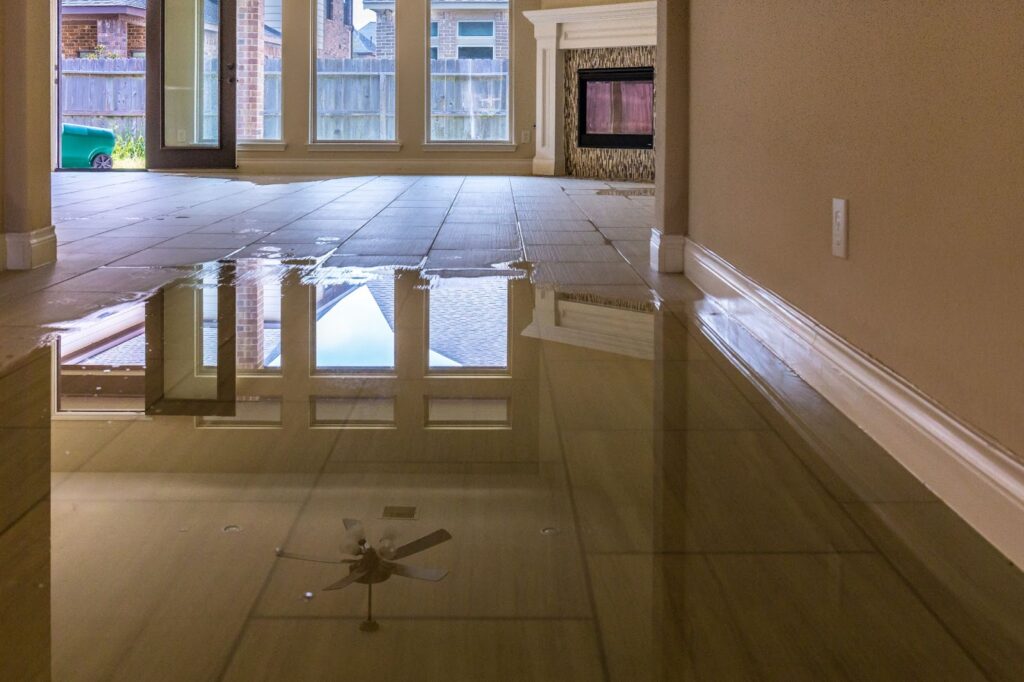
Water damage restoration coverage
Sometimes, accidents happen, like a burst pipe or a leaking roof. And when that water finds its way into your house, it creates a real mess. One tiny leak causes big trouble, like damaged walls, floors, and furniture. It can even lead to mold growth, which will likely make you sick.
The good news is that if you have homeowners insurance, water damage restoration might be covered. That means the insurance company may pay for the repairs and cleanup. But it’s important to remember that not every drop of water damage is covered by insurance. That’s because, as we mentioned earlier, insurance policies vary from one company to another.
But what if you’re hit by a big storm, and your house ends up looking like a swimming pool? In that case, you might be in luck. Most homeowner’s insurance policies cover storm-related water damage. So, if your house gets flooded because of heavy rain, your insurance company should be there to help dry things up.
Fire damage restoration coverage
Fire damage restoration is an important and costly process to restore a property after it has endured damage from a fire. One commonly asked question is whether insurance covers fire damage restoration.
When a fire breaks out in a home or any other property, it usually causes a lot of destruction. The flames burn everything in their path, leaving smoke, soot, and a terrible smell behind. This often makes the property unlivable until it is cleaned, repaired, and restored to its pre-fire condition.
Now, you may wonder if insurance will help cover the costs of fire damage restoration. After all, insurance is designed to protect us from unexpected events and help us recover financially. The good news is that in many cases, fire damage restoration is indeed covered by insurance policies.
However, it’s important to note that insurance coverage can vary depending on the policy you have. Some policies may cover the costs of repairing and restoring your property, while others may only cover certain expenses or have a maximum limit for coverage. Once again, it is crucial to review your insurance policy and understand what it covers.
Sometimes, insurance policies may also offer additional coverage for things like temporary housing while your home is being restored. This could be helpful, as it gives you and your family a safe place to stay until your home is ready again.
It’s worth mentioning that insurance companies typically require policyholders to take reasonable steps to mitigate further damage. This means that once a fire has occurred, you should take immediate action to prevent additional harm. This may include removing excess water used to extinguish the fire, covering or boarding up damaged areas, and drying out the property.
Remember, it’s crucial to document all the damage caused by the fire. Take photographs or videos of the affected areas, capturing both the big picture and close-up shots. This evidence will support your insurance claim and ensure that you receive proper compensation for the restoration work.
In the aftermath of a fire, dealing with the damage and the insurance claim process is overwhelming. That’s why it’s important to seek professional help from fire damage restoration companies. These experts have the knowledge, skills, and experience to handle the restoration process efficiently.
In fact, many homeowners will contact a restoration company before they even call insurance to begin the restoration process as quickly as possible. Just be sure to document everything before they start cleaning up so you can show your insurance how bad the damage was. Then, the restoration company will help you file your claim.

How to file a claim
When water or fire damage strikes your home or property, the process of filing a claim might seem daunting. However, taking the right steps in a timely manner will greatly streamline the process and enhance your chances of a successful claim. Here are the steps for you to take:
Documentation
Photographic evidence
Before any cleanup or temporary repairs, take extensive photos and videos of the damage from multiple angles. Document all affected areas and items.
Inventory of damaged items
Create a detailed list of damaged or lost items, including their description, age, and estimated replacement costs. Retain any damaged items when possible, as your insurance adjuster will likely need to inspect them.
Review your insurance policy
Understand your coverage
We can’t express this enough. Review your policy documents to understand the scope of your coverage, including any deductibles, coverage limits, and exclusions. This knowledge will prepare you for a more informed discussion with your insurance representative.
Specific clauses
Pay special attention to any clauses related to water or fire damage, including the requirement for special endorsements for certain types of disasters.
We even recommend reading your policy and the specific clauses before a disaster so you’re always prepared for what could come. That way, you know what you’re facing and how insurance can help right from the start.
Initiate the claim
Contact your insurance provider
Reach out to your insurer as soon as possible to report the damage. Most companies offer 24/7 support for claims reporting. Be prepared to provide basic information about the damage and your policy number.
Claim number and adjuster
You’ll be assigned a claim number and an insurance adjuster who will manage your claim. Keep a record of these details for future correspondence.
The insurance adjuster’s visit
Have your documentation, list of damaged items, and any repair estimates ready for the adjuster’s inspection. Accompany the adjuster during the inspection, pointing out all areas of damage and answering any questions they may have.
Repair and restoration quotes
While waiting for the adjuster’s report, obtain detailed repair and restoration quotes from several restoration companies. This will give you a ballpark figure to compare against the adjuster’s estimate.
Claim resolution
Once the adjuster has reviewed your claim, they’ll present a settlement offer. Carefully review this offer to ensure it covers the necessary repairs or replacements.
If the offer seems insufficient, don’t hesitate to negotiate. Present your repair quotes and any additional evidence to support your case. In some instances, you can hire a public adjuster to advocate on your behalf.
Repairs and reimbursements
Once the settlement is agreed upon, it’s time to proceed with the repairs. Keep detailed records and receipts of all repair expenses. Submit your repair receipts to your insurance company for reimbursement, adhering to any specific submission guidelines they provide.
Navigating the claims process requires patience and organization, but by following these steps, you’ll ensure a smoother experience and a fair resolution to your water or fire damage claim. Remember, your insurance company is there to support you through this difficult time, so keep the lines of communication open and transparent.
Restoremasters is here to help
Facing the aftermath of water or fire damage is overwhelming, but you don’t have to go through it alone. Turn to Restoremasters for unparalleled expertise and compassionate service that prioritizes your peace of mind. Our skilled professionals use the latest technology and methods to restore your property efficiently and effectively, ensuring a smooth and stress-free process.
Don’t let damage set you back. Call Restoremasters today, and take the first step towards reclaiming your space and your comfort. Together, we’ll restore your property, sense of security, and normalcy.
Call us at 801.938.8654 to get the restoration process started.

